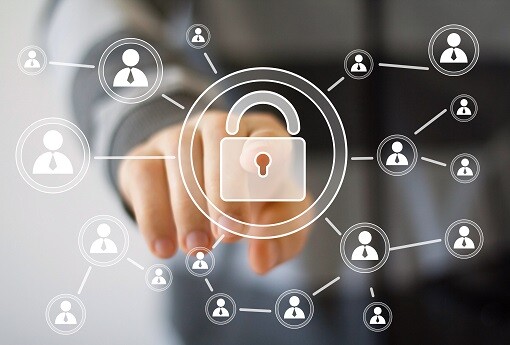Despite progress by the Internal Revenue Service and its Security Summit partners against identity theft, cyber-crooks’ evolving tactics continue to threaten the tax community and the data of taxpayers.
The numbers are apparently encouraging. In 2018, the IRS received 199,000 identity theft affidavits from taxpayers, compared with 677,000 in 2015, the third consecutive year this number declined. The number of confirmed ID-theft returns stopped by the IRS declined 54 percent, from 1.4 million in 2015 to 649,000 in 2018.
“The IRS, the states and the private sector tax industry have taken major steps to protect taxpayers and their data – but a major risk remains regardless of whether you’re the sole tax practitioner in your office or part of a multi-partner accounting firm,” warned IRS Commissioner Chuck Rettig.
Tax professionals can get help with security recommendations in IRS
In the meantime, the Security Summit partners have created a “Taxes-Security-Together” checklist for tax professionals, which starts with deploying their “Security Six” measures, and that adds a number of other protective strategies.















